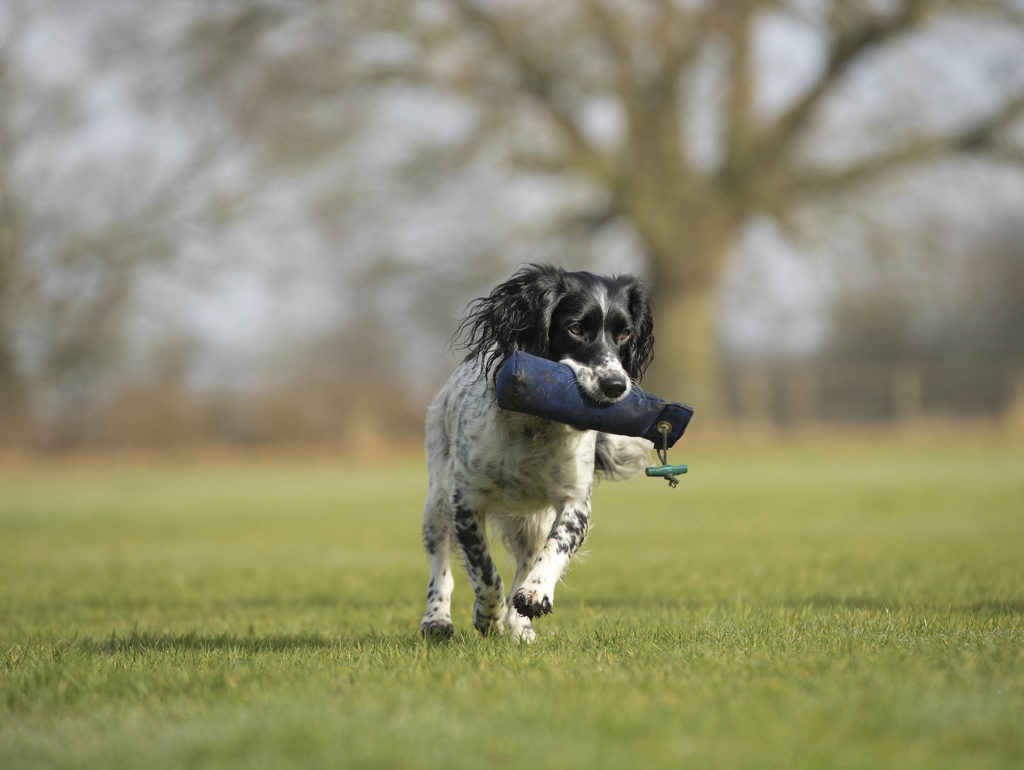Introducing a New Dog to Your Household: A Step-by-Step Guide
Bringing a new dog into your home can be an exciting but challenging experience, especially in a household with other dogs. Introducing a new dog properly is crucial for creating a smooth and harmonious transition. This step-by-step guide will help you navigate the process of introducing a new dog to your existing household.
Step 1: Preparing for Introducing a New Dog
- Introducing a new dog begins with careful preparation to ensure compatibility and reduce stress for all involved.
- Assess Compatibility: Consider the personalities, energy levels, and ages of the existing dogs and the new dog. Introducing a new dog with a similar temperament can improve the chances of success.
- Set Up a Neutral Meeting Area: Choose a neutral location for the first meeting, such as a park, where none of the dogs feel territorial. Avoid tight spaces where dogs might feel cornered.
- Gather Necessary Supplies: Have leashes, harnesses, and treats ready. Use secure but loose leashes to allow natural movements.
- Plan the Timing: Schedule the introduction when all dogs are calm and well-exercised. Avoid mealtimes or times when dogs are overly excited or tired.
Step 2: First Meetings on Neutral Ground
Meeting on neutral territory is one of the most important steps when introducing a new dog to an existing household. This reduces the chance of territorial behavior and ensures a positive first impression.
- Use Parallel Walking: Start with a parallel walk, keeping the dogs side by side at a comfortable distance. Gradually decrease the distance as they become more relaxed.
- Observe Body Language: Look for positive signs like relaxed postures, wagging tails, and play bows. Be cautious of negative signals such as stiff bodies, raised hackles, growling, or direct staring.
- Allow Sniffing: If all seems well, allow the dogs to sniff each other briefly. Keep leashes loose and be ready to intervene if necessary.
- Keep Interactions Short: Limit initial meetings to short, positive sessions. End on a good note and repeat the process over a few walks before moving to the next step.
Step 3: Bringing Your New Dog Home Safely
The transition doesn’t end with the first meeting. When introducing a new dog to your home, follow these guidelines to help them feel safe and secure:
- Introduce to the Home One Dog at a Time: If you have multiple dogs, introduce them individually to the new dog in the home environment. Start in a neutral area like the garden. Allow the new dog to explore the garden alone before meeting the other dogs.
- Supervise Indoors: Keep the new dog on a leash during the first indoor introductions. Let them explore the home while the other dogs observe from a safe distance or behind a barrier.
- Provide Separate Spaces: Set up separate feeding areas, sleeping spaces, and toys to prevent resource guarding. Gradually introduce shared spaces as the dogs grow more comfortable.
Step 4: Managing Space and Resources in a Multi-Dog Household
- Separate During Feeding: Feed dogs separately to prevent food aggression. Once they’re comfortable, you can experiment with feeding in the same area, but always supervise.
- Monitor Toys and Treats: Introduce high-value items like toys and treats slowly to avoid competition. Ensure the dogs are calm before sharing these items.
- Establish Boundaries: Teach house rules for resting, playing, and eating. Consistent boundaries reduce misunderstandings and stress.
Step 5: Encouraging Positive Interactions Between Dogs
Reinforcing good behavior is key when introducing a new dog into a multi-dog household.
- Reinforce Good Behaviour: Reward calm, friendly interactions with treats, praise, or play. Avoid punishing growling or other signals of discomfort; instead, redirect and provide space.
- Facilitate Playtime: Encourage reciprocal play, where each dog takes turns chasing or being chased. Intervene calmly if play becomes too intense.
- Provide Individual Attention: Spend quality time with each dog to strengthen their bond with you and ensure no dog feels neglected or jealous.
Step 6: Monitoring Dog Behaviour Over Time
- Be Patient: Adjusting to a new dog takes time. Allow the dogs to establish their social hierarchy naturally.
- Watch for Signs of Stress: Look for stress signals such as hiding, excessive barking, or changes in eating or sleeping habits. Address these early to prevent issues.
- Gradual Independence: As the dogs become more comfortable, gradually increase unsupervised time together. Continue monitoring their interactions, especially in the first few weeks.
Step 7: When to Seek Professional Dog Training Help
- Consult a Behaviourist: If the dogs show ongoing aggression, severe anxiety, or the introduction process isn’t going smoothly, seek advice from a professional dog trainer or behaviourist. Find help here: APBC Members Directory.
Conclusion
Introducing a new dog to a multi-dog household requires patience and careful planning. By following these steps, managing resources, and fostering positive interactions, you can help ensure all dogs adjust well to their new companion.
For more expert tips and advice, subscribe to our newsletter or get in touch with us today!
Gundog Training Courses
Have you got a gundog breed at home? Would you like to train him/her for the shooting field, or would you just like to train your dog to a high level? I can help with these scenarios.
Puppy Training Courses
When you first bring a puppy home it can be very exciting but daunting all at the same time, so I am on hand to come and guide you through those key canine development stages to ensure that your puppy grows up to be well-mannered.



